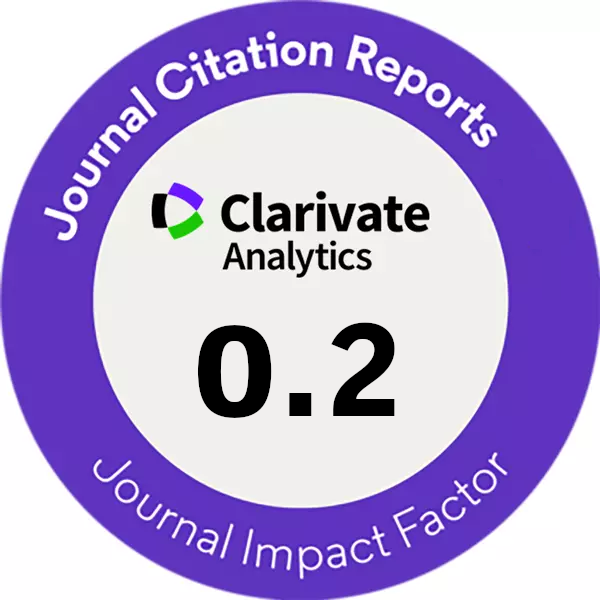VERTICAL WALL STRUCTURES IN TENEMENT HOUSES AT THE TURN OF 20TH CENTURY
DOI:
https://doi.org/10.14311/CEJ.2019.04.0055Keywords:
Tenement house, 19th century, Masonry, Architectural order, Building codesAbstract
This article analyses the development of masonry, used extensively during the construction
of tenement houses in Czech towns after the middle of the 19th century, peaking at the turn of the
20th century. The dimensions (wall thickness) were defined by architectural codes issued for Czech
Crown Lands (i.e. Bohemia, Moravia & Silesia) in three waves – the first one taking place from 1833
till1835, the second one from 1864 till1884, and the third one from 1886 till1894. Tenement
houses belonged, without exception, to the so-called “below-threshold” buildings, where a wing was
6.32 m deep (later 6.5). These principles are presented in historical examples of selected works by
students of the Prague Polytechnical Institute and architectural designs for Prague (Bubeneč and
Nusle boroughs).
Downloads
References
EBEL, Martin. Dějiny českého stavebního práva. Praha: ABF - Arch, 2007. Stavební právo. ISBN 978-
-86905-21-1.
Joendl, Johann Paul: Poučení o stavitelství pozemním, Praha 1840.
Niklas, Josef - Šanda Fratišek: J. P. Jöndlovo Jöndl Poučení o stavitelství pozemním, Praha1865.
Pacold, Jiří: konstrukce pozemního stavitelství, díl I., Praha 1890.
ŠKABRADA, Jiří. Konstrukce historických staveb. Praha: Argo, 2003. ISBN 80-7203-548-7.
Archiv architektury Národního technického muzea
fond 121, práce žáků. Archiv Národního technického muzea:
fond 55, Vysoká škola technická Praha, pozemní a vodní stavitelství;
fond 63, Státní průmyslová škola v Praze;
fond 64, Státní průmyslová škola v Praze – Novotný.
Downloads
Published
Issue
Section
License
Copyright (c) 2023 Author

This work is licensed under a Creative Commons Attribution-NonCommercial 4.0 International License.
Authors who publish with this journal agree to the following terms:
- Authors retain copyright and grant the journal right of first publication with the work simultaneously licensed under a Creative Commons Attribution License that allows others to share the work with an acknowledgement of the work's authorship and initial publication in this journal.
- Authors are able to enter into separate, additional contractual arrangements for the non-exclusive distribution of the journal's published version of the work (e.g., post it to an institutional repository or publish it in a book), with an acknowledgement of its initial publication in this journal.
- Authors are permitted and encouraged to post their work online (e.g., in institutional repositories or on their website) prior to and during the submission process, as it can lead to productive exchanges, as well as earlier and greater citation of published work (See The Effect of Open Access).










